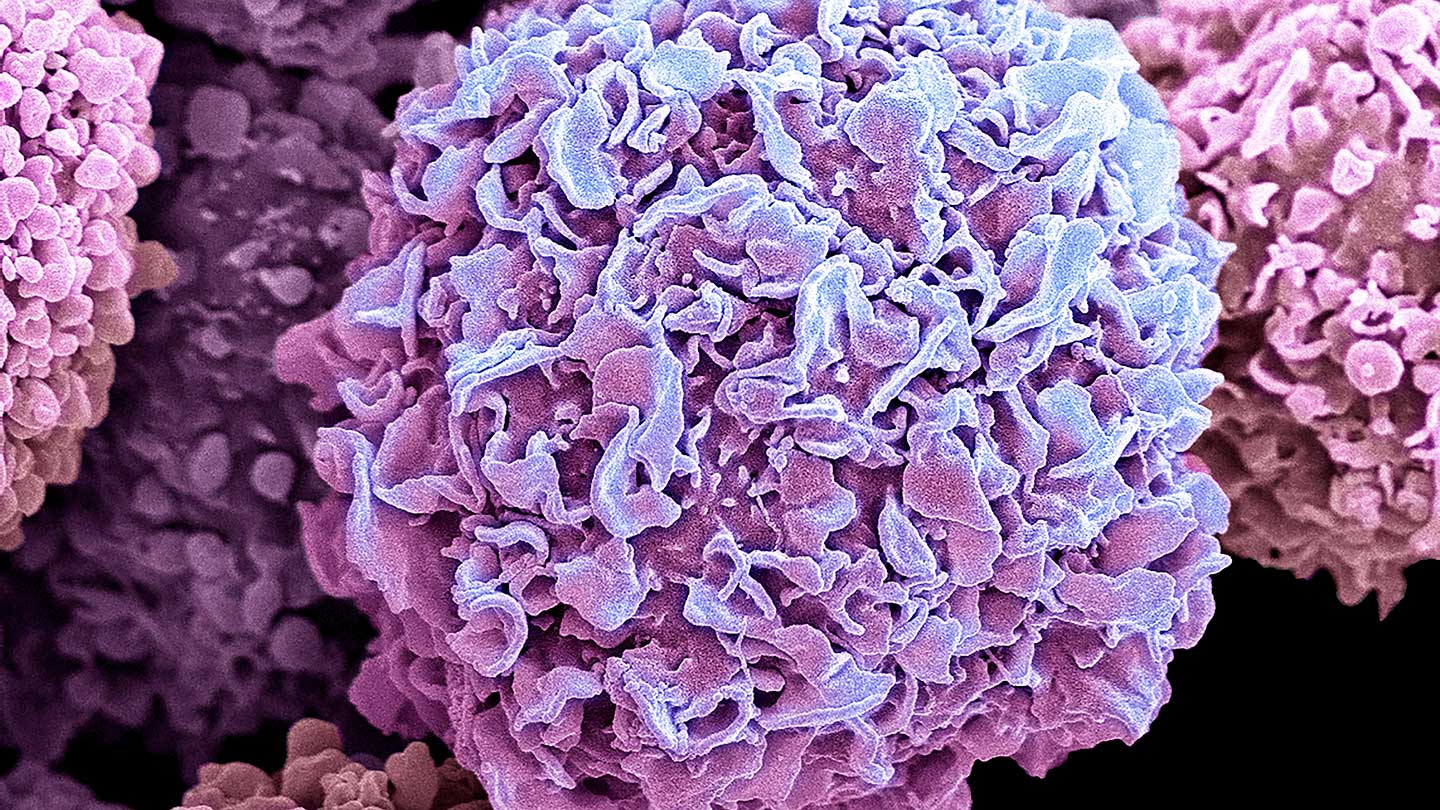Mice Study Shows New Battery Depriving Cancer Cells of Oxygen

A new study shows that a tiny self-charging battery wrapped around a tumor could potentially boost the power of certain cancer therapies. By removing oxygen from the environment of cancer cells, the battery causes a decrease in tumor volume. Mice that were treated with small batteries wrapped around their breast cancer tumors, combined with cancer therapy, showed a 90 percent decrease in tumor size in just two weeks. Solid tumors often grow too quickly for their blood supply to keep up, leading to hypoxic environments where oxygen levels are much lower than in surrounding tissue. This creates a challenge for the body’s immune cells, which often cannot survive long enough to kill cancerous cells. Hypoxic cells are also resistant to many treatments like chemotherapy and radiotherapy.
However, the hypoxia can act as a beacon for certain chemotherapy drugs called hypoxia-activated prodrugs. These drugs are connected to a linking chemical that ensures the drug only becomes active in a low-oxygen environment. While these drugs do not show much benefit in clinical trials, possibly due to tumors not being hypoxic enough, scientists from Fudan University in Shanghai wanted to find a way to artificially increase the hypoxia of tumors to give these drugs a better chance.
The researchers deployed a tiny, flexible battery that could partially wrap around a tumor. The battery's zinc electrode self-charges by sapping up oxygen from the surrounding environment. It also creates highly reactive oxygen pairs that can damage DNA but aren't a usable form of oxygen for cells. By slurping up available oxygen and producing lots of reactive oxygen pairs, the battery alone was capable of shrinking tumors in mice by up to 26 percent after two weeks. When combined with hypoxia-activated prodrugs, average tumor size shrank by 90 percent.
The findings are promising, but it should be noted that the batteries were only tested in mice and against mouse-specific breast cancer. Further research is required before this method could potentially benefit human cancer patients. Additionally, a 90 percent decrease in tumor size is not the same as a 100 percent decrease, so the treatment may have to be combined with other therapies to ensure the whole tumor is destroyed. Nonetheless, researchers are already considering ways to make the battery more flexible and powerful to tackle human-sized tumors.




